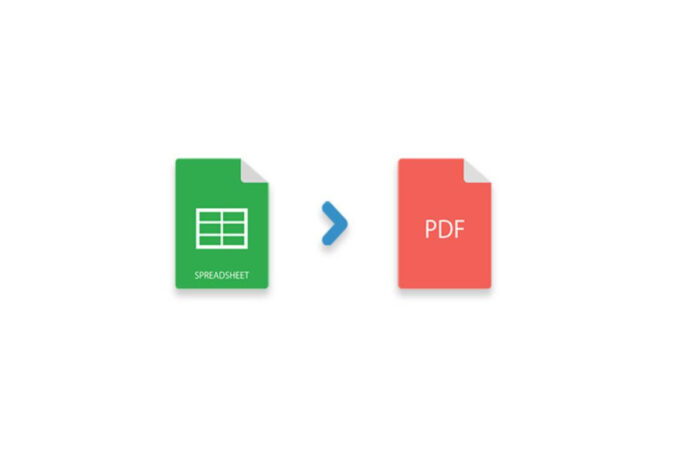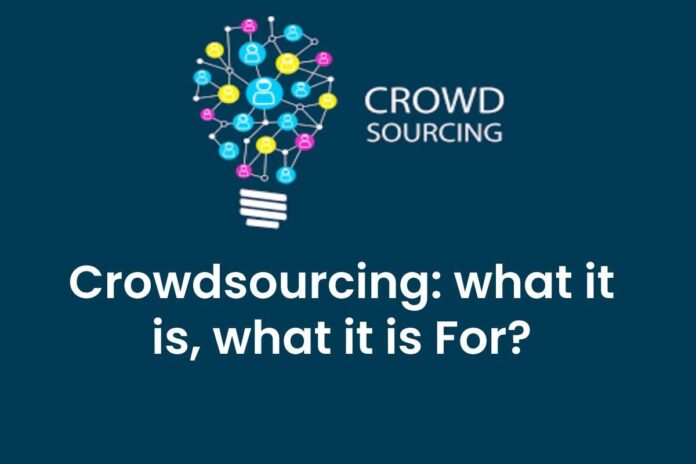Freight forwarders are a vital part of Asia’s economy. They are important in the transportation of goods and materials throughout the region. The movement of goods would be much more complicated and expensive if freight forwarders did not exist. In this article, we’ll look at the role freight forwarders play in the Asian economy and how they have contributed to Asia becoming one of the most prosperous regions on the planet.
What Are Freight Forwarders?
Let us first define Freight forwarders; Freight forwarders are people or organizations that help individuals, organizations, or companies transport their goods from one location to another. Freight forwarders help make the entire process easier and more convenient. They also help companies save money on shipping, as they can negotiate rates and decide on the most efficient way to transport the goods.
Freight forwarders help make shipping seamless and convenient. They believe in a “one-stop-shop” approach to shipping. They handle everything from the initial research and planning to the transportation of the product. Freight forwarders can ship anything from electronics to gems and precious metals.
A significant benefit of using freight forwarders is that they help to reduce the amount of paperwork and red tape that accompanies shipping. This is especially true when shipping between different countries or regions. A freight forwarder can help to streamline the process and make it less cumbersome.
Asia’s Freight Forwarders: The Unsung Heroes of the Economy
Freight forwarders are the unsung heroes of Asia’s economy. They work behind the scenes to move goods and cargo around the region, ensuring that trade flows smoothly and businesses operate efficiently. Despite their importance, many people don’t know much about freight forwarders or what they do.
In simple terms, freight forwarders are companies that specialize in the transportation of goods and materials. They offer a wide selection of services, including shipping coordination and customs clearance, as well as storage and warehousing. Freight forwarders play a vital role in ensuring that trade can occur smoothly and efficiently.
Asia is home to some of the busiest ports globally, Container trade flows within Asia reached an estimated volume of 41.5 million TEUs in 2021. Freight forwarders are responsible for moving these containers from the docks to their final destination. In many cases, freight forwarders will also be responsible for arranging the transport of goods by air or rail.

Role of Freight Forwarders in Asia’s Economy
As Asia’s economy has grown at an unprecedented rate in recent years, the role of freight forwarders has become even more essential. Freight forwarders have helped facilitate the growth of Asia’s economy by making it easier for businesses to trade with one another. Without freight forwarders, the movement of goods around Asia would be much more complex and expensive.
How Freight Forwarders Have Helped Businesses Grow in Asia
Freight forwarders have helped businesses in Asia grow in several ways. Firstly, they have made it easier and cheaper to transport goods around the region. This has been particularly important for small businesses that may not have the resources to ship their goods themselves. Freight forwarders have also helped companies to save time and money by handling customs clearance and other bureaucratic procedures.
Another way freight forwarders have aided Asian businesses is by giving them access to new markets. Freight forwarders have a large connection of contacts through which they can assist businesses in finding new customers or suppliers. This is particularly beneficial for small businesses that may lack the resources to establish a presence in foreign markets.
Finally, freight forwarders have played a vital role in helping businesses cope with globalization’s challenges. Freight forwarders have allowed companies to navigate the complex world of international trade and find new opportunities in the global marketplace.
Freight forwarders have played an essential role in helping Asia’s economy grow and prosper. They have helped make trade more accessible and more efficient and have provided businesses with access to new markets and opportunities. For instance, Zggship a freight forwarding company in China offers efficient and hassle-free shipments to their customers. Freight forwarders are an essential part of Asia’s economy and will continue to play a vital role in the years ahead.
The Future of Freight Forwarding in Asia
With rapid industrialization accompanied by urbanization and modernization, the flow of goods and people across borders will continue to rise. However, a limited supply of operational land can meet the growing demand. Land shortages could lead to an inability to expand storage and distribution bases and make it difficult for the industry to grow.
If the industry can reduce the time it takes to deliver goods to the market, it can help factories and businesses cut their costs. In addition, freight forwarding can help companies to establish a sustainable supply chain, which allows them to reduce costs and boost profits.
Finally, freight forwarding can help to reduce emissions and cut costs by transporting goods to their destination in a more efficient manner. This can only be accomplished if businesses collaborate with suppliers and logistics service providers to improve supply chain efficiency and establish a sustainable logistics ecosystem.
China as an Example
If we look at China, for example, we see that the retail industry is the largest consumer of transportation services. This is mainly due to large numbers of centralized wholesale and retail markets. The Chinese government is currently trying to move the Chinese consumer market to the ” new retail ” which will help to decentralize the wholesale-to-retail supply chain.
To achieve this, the government aims to build a new retail service industry that is closely integrated with the latest retail sector. At the same time, it will make a distribution center management system and optimize the supply chain to achieve a win-win situation.
As China continues to develop, many cross-border e-commerce platforms will continue to emerge. These platforms can help companies participate in the international market and expand their businesses. The government will continue to promote the development of cross-border e-commerce and facilitate the development of the logistics industry.
The Chinese government is expected to play an important role in facilitating the development of the logistics industry by providing more funding and tax breaks to the industry, which will improve the industry’s overall competitiveness.
On the bright side, the logistics industry in Asia will continue to grow. The challenge for the industry is utilizing and expanding the value of its resources. As the industry’s main stakeholders, shippers and consumers, begin to understand the benefits of doing so, the industry can become more sustainable. The cycle currently plaguing the sector can hopefully come to an end.
Some Challenges Faced by Freight Forwarders in Some Countries of Asia
Warehousing Sustainability
Because most cargo moved is agricultural or raw materials, and logistics and transportation costs are highly sensitive, environmentally and financially sustainable logistics is a challenge for Asian companies. These types of cargo require large storage rooms and low transportation costs, which puts pressure on vehicle operators to save costs through reduced vehicle maintenance, the purchase of older, less efficient trucks, or the hiring of less-skilled workers.
Health Agencies breaches, unlicensed warehousing, land removal, and vehicle pollution are increasing as a result of these initiatives. Excessive competitiveness also contributes to this downward spiral, as new logistics companies emerge to take a bite out of what looks to be an infinite cake rather than pooling assets and efforts.
In reality, service providers are fighting for the same clients and reducing profit margins to acquire new clients. At the same time, end customers benefit from a decreased barrier to entry. The vicious cycle continues until the market collapses, compelling operators with higher overhead costs to sell assets or enter into a precarious merger with another company to survive the low season.
There are bad things that happen in the worst-case scenario: warehouses are abandoned because owners can’t afford to keep their loans and the bank won’t let them sell the property; trucks and cars get nasty for the same reason, and workers are laid off.

If you want to plan for the future of logistics in Asia, you should think about how to use the industry’s resources and improve service quality. This will change shippers’ mindsets from looking for the lowest possible price regardless of service levels to working with logistics partners who manage their logistics as true partners over time.
High Transport Costs
In Asia, transportation costs are still high. The region’s rail and road networks are less developed than Europe and North America. Many countries do not have rail networks or do not use them to transport goods, meaning that trucks will be the most used. In addition, the region has a large number of islands. Only a few Asian countries have seaports, and the costs to build new ones are high.
In addition, the region has a high population density, making the transportation of goods and people demanding. To improve the flow of goods and reduce costs, the quality of roads and railways must be improved. Furthermore, the region’s aviation development has a long way to go.
The development of the region’s logistics hubs has not kept up with the fast passenger and cargo flow. The region’s main ports, shipyards, and airports are struggling to cope with the region’s increasing growth, and management is a challenge, especially in terms of maintenance and permanent workers. The result is higher costs and less efficient operational systems.
Domestic Trade Barriers
Policies on trade and tariffs in Asian countries are still relatively high, and specific sectors of the economy, such as agriculture, are still subsidized by the government and protected. This has led to higher prices for agricultural products and has reduced the competitiveness of Asian countries in the export market, which has hindered the development of the region’s logistics sector.
The government should promote the reduction of tariffs and a reduction in subsidies and continue to increase the import of foreign goods to lower the cost of logistics in Asia.
Conclusion
As economies and their supply chains continue to evolve and mature, demand will continue to rise for a sustainable means of moving cargo. Companies that can maintain customer satisfaction while striving to minimize environmental impact will gain a foot up on the competition.
In addition, logistics service providers that succeed in transforming themselves into true partners that provide a full range of services will see their business model last longer than those that remain stuck in survival mode.










